The Rise of Conversational Marketing: How Brands Are Winning Customers Through Real-Time Engagement
Introduction
Digital marketing has evolved from being a one-way street of brand communication to a two-way conversation where customers expect instant responses, personalized interactions, and meaningful engagement. Traditional marketing strategies—such as display ads, emails, or static landing pages—are no longer enough to satisfy today’s hyper-connected consumers.
This is where conversational marketing comes in. It’s not just a buzzword; it’s a shift in how businesses attract, nurture, and convert leads. Through chatbots, messaging apps, AI assistants, and live chat tools, brands are engaging with customers in real-time and building stronger relationships.
In this blog, we’ll dive deep into what conversational marketing is, why it matters, and how you can use it to transform your digital marketing strategy.
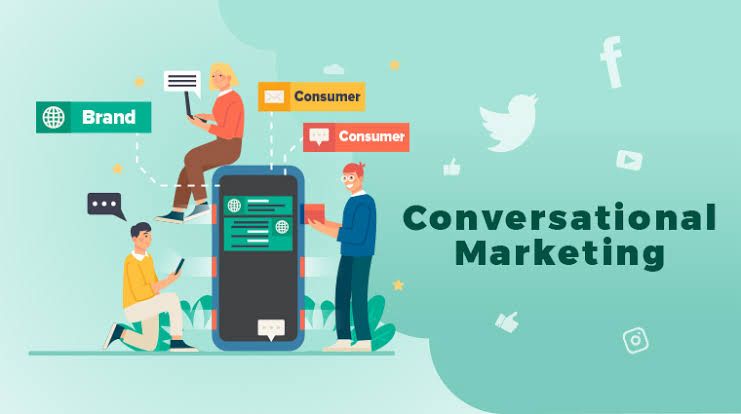
What is Conversational Marketing?
Conversational marketing is a customer-centric approach that uses real-time conversations to move buyers through the sales funnel. Instead of filling out forms and waiting for follow-ups, customers can interact instantly with a brand through:
• Chatbots (AI-powered assistants on websites)
• Messaging apps (WhatsApp, Messenger, WeChat, Telegram)
• Live chat (direct human-to-human interaction)
• Voice assistants (Alexa, Google Assistant, Siri)
The key difference between conversational marketing and traditional marketing is speed and personalization. Customers get answers instantly and feel like they’re talking to a real brand representative rather than a faceless corporation.
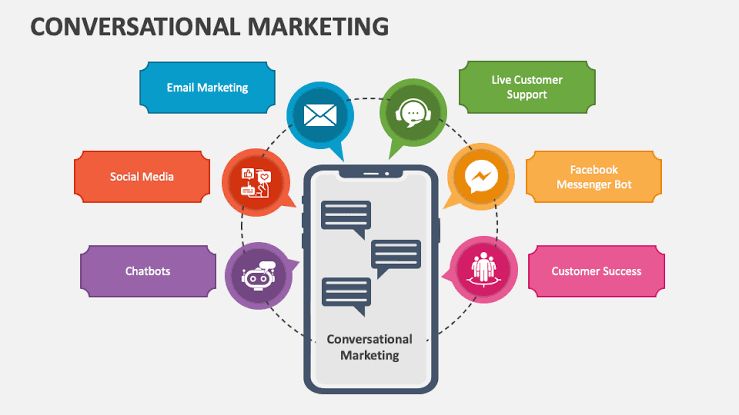
Why Conversational Marketing Matters in 2025
Here are some powerful reasons why conversational marketing has become a game-changer:
- Customers Demand Instant Responses
According to surveys, 82% of consumers expect an immediate response from brands. Waiting 24–48 hours for an email reply feels outdated. Chatbots and live chat close that gap.
- Personalization at Scale
AI chatbots analyze customer data and offer personalized recommendations—from product suggestions to tailored discounts. This builds trust and increases conversions.
- Seamless Customer Experience
Whether a customer visits your website at midnight or messages you on WhatsApp during lunch, conversational tools ensure they never feel ignored.
- Shorter Sales Cycles
By guiding leads through quick Q&A interactions, conversational marketing removes friction in the buyer’s journey—speeding up purchase decisions.
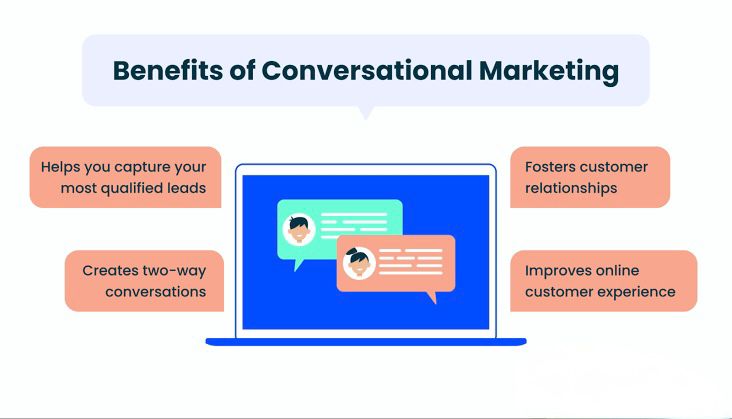
Examples of Conversational Marketing in Action
Let’s look at how real brands are using it effectively:
• Domino’s Pizza – Customers can order pizza via Facebook Messenger using a chatbot. No apps, no phone calls, just a quick conversation.
• Sephora – Their chatbot gives personalized makeup tips, product suggestions, and even helps book in-store appointments.
• H&M – Uses chatbots on Kik to recommend outfits based on users’ style preferences.
These examples show how conversational marketing can blend sales, customer service, and engagement into one seamless flow.
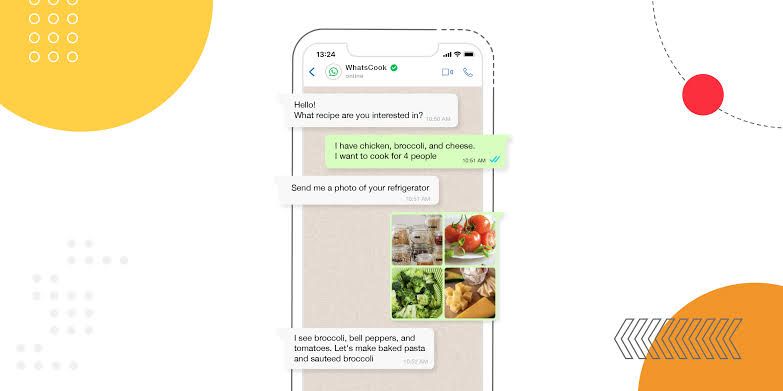
How to Implement Conversational Marketing in Your Strategy
If you’re ready to explore conversational marketing, here’s a roadmap:
Step 1: Identify Your Platforms
Choose where your audience spends the most time—your website, WhatsApp, Facebook Messenger, or SMS.
Step 2: Set Up Chatbots
Use tools like Drift, Intercom, Tidio, or ManyChat to build AI-driven bots that handle FAQs, lead generation, and product recommendations.
Step 3: Balance Automation with Human Touch
Automation is powerful, but don’t rely solely on bots. Provide easy access to a live agent for complex queries.
Step 4: Integrate with CRM & Analytics
Track conversations and feed data into your CRM for personalized follow-ups. Measure performance with KPIs like response time, engagement rate, and conversions.
Continuously refine chatbot scripts, add natural language processing (NLP), and test responses to make interactions feel more human.
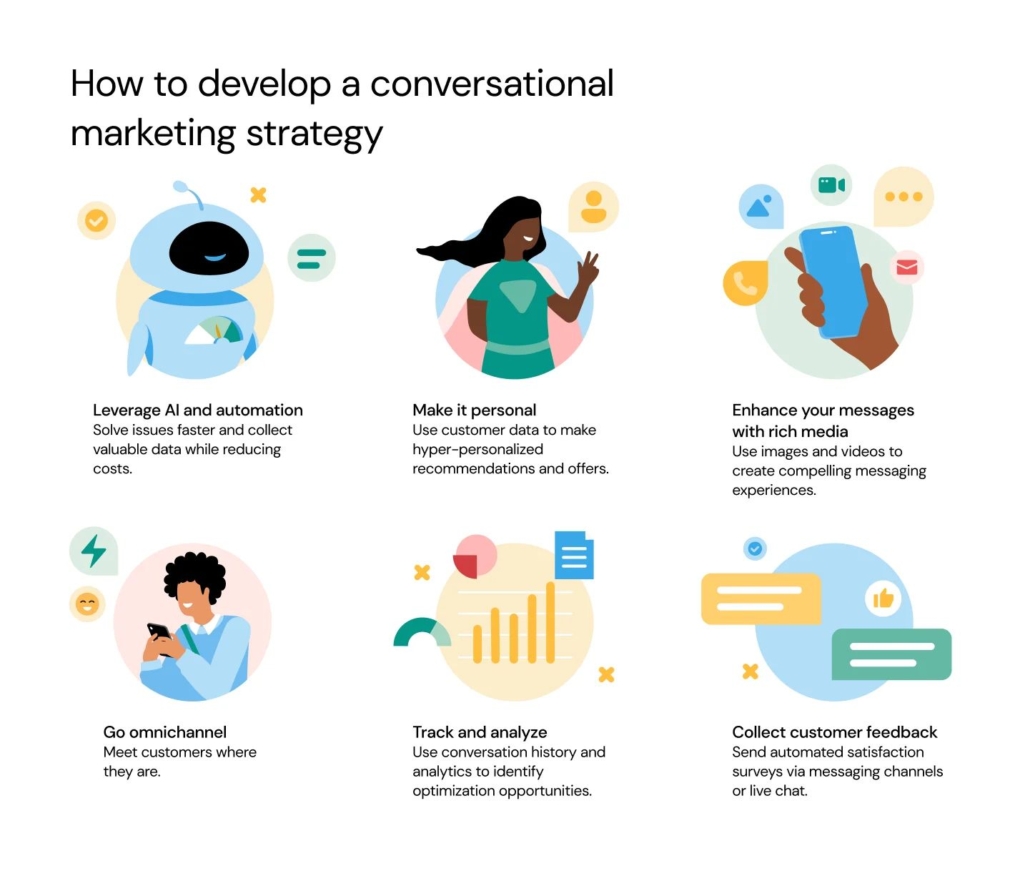
Future Trends in Conversational Marketing
As AI and voice technology advance, conversational marketing will only get bigger. Here’s what’s coming next:
• Voice Commerce Growth – More customers will order products through Alexa and Google Assistant.
• Hyper-Personalized Bots – AI will predict needs before customers even ask.
• Multilingual Conversations – Real-time translations will remove language barriers.
• Video-Based Chatbots – Instead of text-only bots, brands will use video AI agents for more engaging conversations.
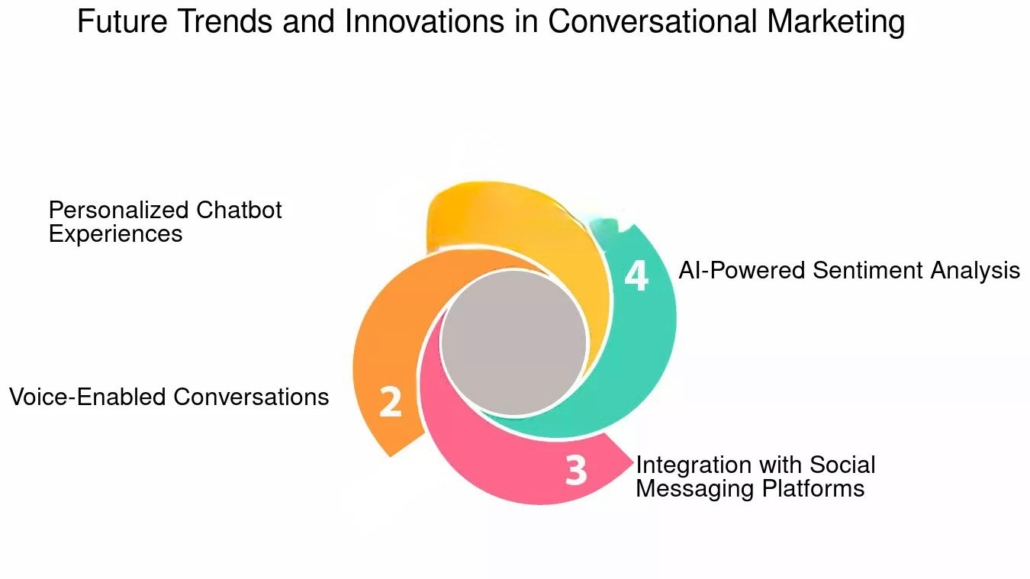
Conclusion
Conversational marketing is no longer optional—it’s the new standard in digital engagement. Customers want real-time, personalized, and human-like experiences, and brands that adopt this strategy will see higher conversions, stronger loyalty, and faster growth.
If you haven’t already, now is the time to integrate conversational marketing into your digital strategy. In the age of instant gratification, conversations are the new currency of trust.

Leave a Reply
Want to join the discussion?Feel free to contribute!